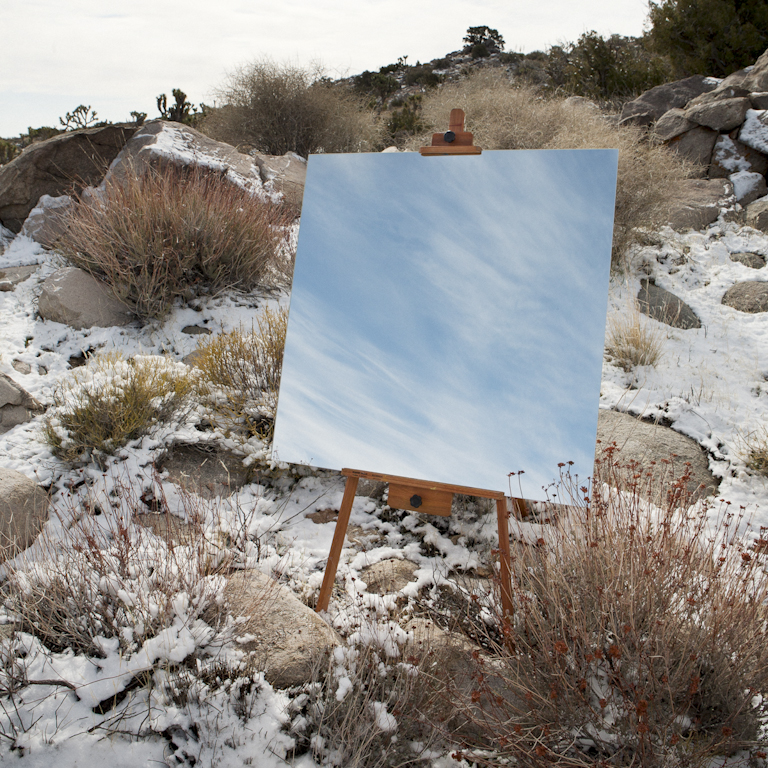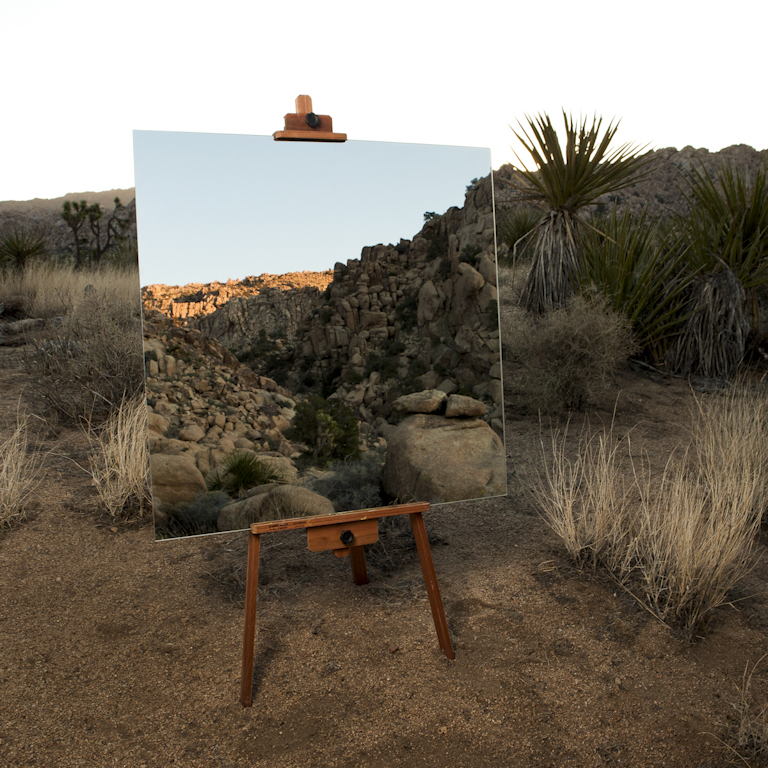Daniel Kukla: The Edge Effect
When I see work that has a fresh take on landscape photography, like that of the talented Daniel Kukla, I want to know more about what the artist in thinking. So I asked Daniel and he told me, “I believe that it is impossible to capture a landscape in the frame of an image. Landscapes are so vast and varied that they engulf the very frame that one holds to it. As an artist that works with the shifting tensions between humanity and nature, landscapes are integral to my work and prove to be both the most frustrating and inspiring subjects to work with.” Anyone who has stood in front of the Grand Canyon with camera in hand can empathize with Daniel’s sentiment. For those of us photographers with a background in science, you will appreciate how Daniel explains his connection to both. “I work at the juncture of these disciplines, focusing in on capturing evidence as images that have the power to articulate our ever-changing relationship with the natural world. In both science and photography the act of collection is universal. Whether specimen or subject, the collection process allows one to categorize, control, and critically describe one’s findings, and contribute them to the collective work of others in the field.” I am featuring two of Daniel’s series The Edge Effect and Glacial Rebound that illustrate beautifully his photographic practice.
Daniel is a graduate of the The International Center of Photography program in Documentary Photography and Photojournalism and has a Bachelors of Science in Evolutionary Ecology, Biology, and Evolutionary Human Anatomy from the University of Toronto. His work has been exhibited in the United States, UK, Burma, Canada, China, Lithuania, Malaysia, Singapore and Spain, and has been published in the New York Times, The Washington Post, Time Magazine, On Earth Magazine, Guernica Magazine, Esquire, and National Geographic. The Edge Effect series is currently featured in the latest volume of Ain’t Bad Magazine: Beyond Here Vol. 7
Daniel was recently selected for The Fountainhead Residency and he will head to Miami later this year to work on a new project looking at the history of the land and early settlements combined with a vision of the future history might look like in South Florida when the effects of climate change begin to take hold.
The Edge Effect
In March of 2012 I lived in a cabin for a month within southern California’s Joshua Tree National Park. While staying in the Park, I spent much of my time visiting the borderlands of the park and the areas where the low Sonoran desert meets the high Mojave desert. While hiking and driving, I caught glimpses of the border space created by the meeting of distinct ecosystems in juxtaposition, referred to as the Edge Effect in the ecological sciences. To document this unique confluence of terrains, I hiked out a large mirror and painter’s easel into the wilderness and captured opposing elements within the environment. Using a single visual plane, this series of images unifies the play of temporal phenomena, contrasts of color and texture, and natural interactions of the environment itself.
Glacial Rebound
This series is composed of photographs of the extant Alaskan landscape paired with photo-sculptural pieces representing the nascent landscapes to come. The photo-sculptural pieces were created through manipulating silver gelatin emulsion paper and sculpting it into rough approximations of the existing underwater topography. Dry chemistry was then applied directly to the emulsion and washed over with water; as the water flows around ridges and through valleys, it simulates trails and pools that are reminiscent of glaciers, glacial melt waters, silt deposits and the new risen muddy tidal flats.
This project serves as a reminder that the world often fails to conform to our polarized understanding of human-environmental interaction. As political battles rage over the possibility of coastal inundation, these pieces speak to the complexity of the natural world. The contrast of the potential topographies of the future with the natural landscapes of the present challenges the simplified arguments on both sides of the climate change debate. The pieces seek to expand the discourse, while grounding it in the concrete and complex reality of our Earth.
Posts on Lenscratch may not be reproduced without the permission of the Lenscratch staff and the photographer.
Recommended
-
Ragne Kristine Sigmond: Portraits of Painterly LightDecember 2nd, 2025
-
Mary Pat Reeve: Illuminating the NightDecember 1st, 2025
-
Ricardo Miguel Hernández: When the memory turns to dust and Beyond PainNovember 28th, 2025
-
Pamela Landau Connolly: Columbus DriveNovember 26th, 2025
-
MATERNAL LEGACIES: OUR MOTHERS OURSELVES EXHIBITIONNovember 20th, 2025



































































